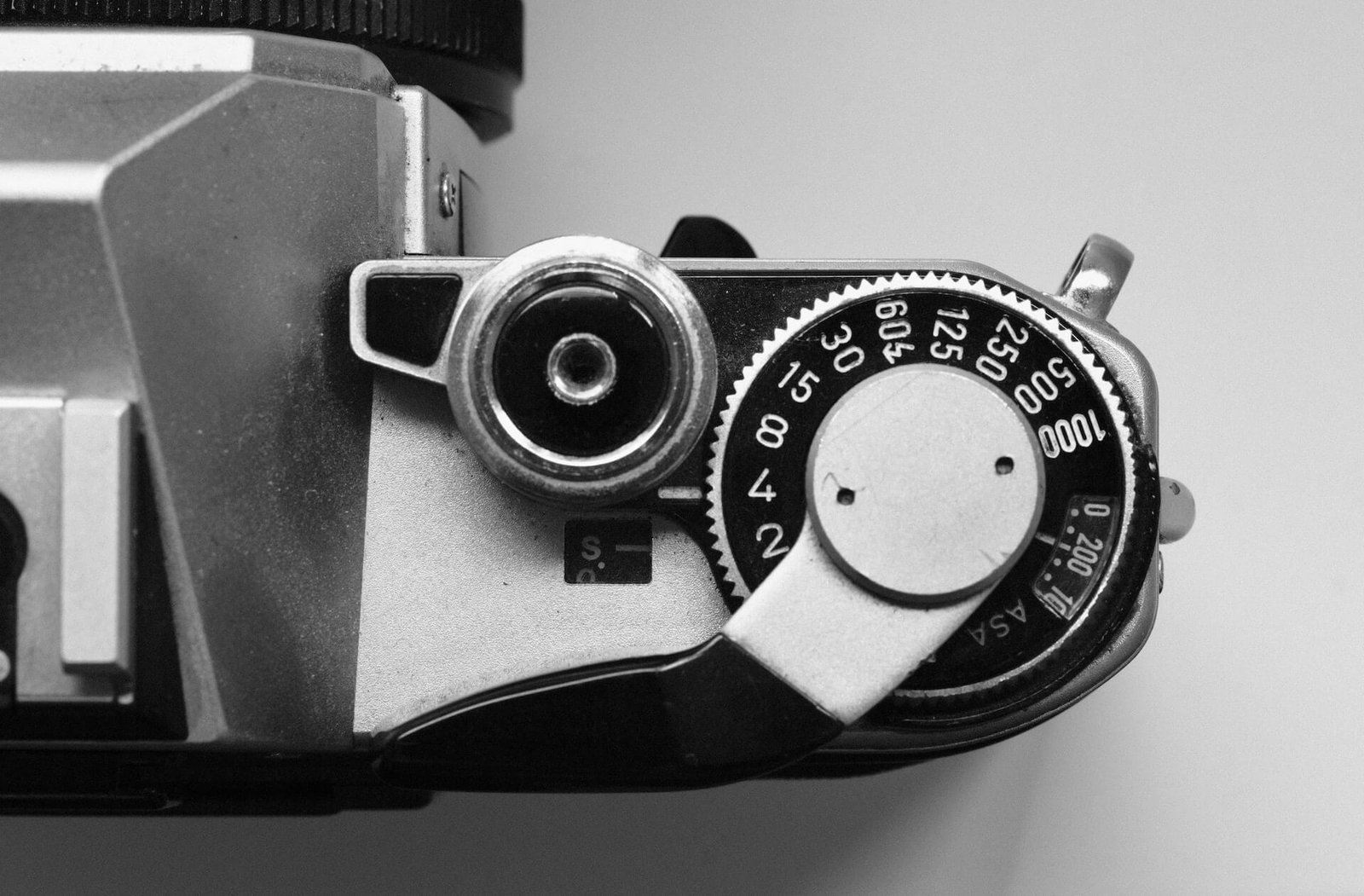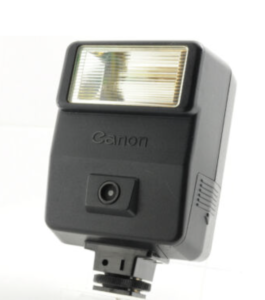I’ve been shooting with a Canon AE-1 since when I was in high school when my grandfather thoughtfully passed his along. I’ve heard the 35mm film camera referred to as the Toyota Camry of film cameras because it’s built to last. It’s solid and reliable, without any hard-to-master frills. This is what makes it a good option as a film camera to learn on, and also why it’s possible to shoot on the Canon AE-1 for decades without any issues.
Mine has traveled with me to and from Europe multiple times spanning 20 years, as well as accompanied me countless times in the day-to-day. Works like a charm.
The Canon AE-1. was first introduced in 1976. By incorporating electronics in the form of a microcomputer, as well as automating part of the production process itself, Canon was able for the first time to make a camera that had high-end features, without a high-end price tag. By 1984, its production end year, over a million copies were sold.
The solid camera feels sturdy in the hand and offers up all of the analog delights—featuring satisfying clicks, shutter sounds, and hand winding. I love mine so much! Here are some things to know when you get started shooting with the Canon AE-1.
This post may feature affiliate links.
Canon AE-1 Specs
The Canon AE-1 is an SLR (Single Lens Reflex) camera with a 35mm focal-plane shutter. It creates images that are 24 x 36mm. The camera offers full aperture metering and a fixed eye-level pentaprism viewfinder.
- Lens Mount: Canon FD mount.
- Shutter: Electronically controlled focal-plane shutter with speeds ranging from 1/1000 to 2 seconds, as well as bulb mode.
- Light Metering: Through-the-lens (TTL) metering system with a silicon photocell.
- ISO Range: 25-3200 (with an additional push of up to 6400)
- Viewfinder: Eye-level pentaprism with a 0.86x magnification and 94% coverage
- Film Advance: Manual advance lever with a single-stroke action and a 135-degree winding angle.
- Exposure Modes: Fully manual with match-needle metering system. This makes it possible to visually match the exposure settings displayed in the viewfinder with the actual exposure settings.
- Flash Sync: X-sync at 1/60 of a second.
- Self-timer: 10-second delay. The self-timer is extremely easy to use. I do.
- Dimensions: 141mm x 86mm x 48mm.
- Weight: 590g (for the body only. Which is pretty light considering. It’s much smaller than my Canon DSLR body.)
Power Source
The Canon AE-1 takes a single 4G-13 6 V mercury oxide battery or 4LR44 alkaline battery. I often buy this in the form of the K28A. It’s all the same. And it has even more names than that. Don’t ask me why. The internet says this is also the size battery you might need for a dog collar. Anyway, since the camera does have electronic components, it will not work without a battery. The batteries tend to last for quite a while in my experience, but I’d suggest keeping a spare in your camera bag or whatever because when it goes, it goes.
Lenses
The Canon AE-1 has a FD lens mount. This means it’s not going to fit any of your modern Canon lenses and their EF mount. (Although I have shot with my vintage Canon FD mount lenses on a modern DSLR…but that took, of course, took an adaptor.)
The kit lens, or lens that came stock with the camera is the FD 50mm f/1.8. It’s a light lens that can do pretty much all your day-to-day stuff. The 50mm lens is great for portraits, and equally great for street photography.
There are actually a few different versions of these lenses out there, which include the Canon FD 55mm f/1.2 S.S.C, Canon FD 50mm f/1.4 S.S.C, or Canon FD 50mm f/1.8 S.C. Some of these are easier to come by than others in good condition, and some of them are easier to use than others in any condition.
If you want to get more specific in some way, like shooting wide angle, for example, there are other lenses to choose from.
Wide Angle Lens: Canon FD 28mm f/3.5
Portrait & Telephoto Lens: Canon FD 100mm f/2.8
Note: as the Camera AE-1 is an older camera, so too are its original lenses. And lenses don’t always age as well as the camera bodies do. They are prone to haze and fungus and are sensitive to changes like loose or tight internal rings. Certain types of lens lengths are more prone to this than others are, but it’s always something to keep in mind when you’re shopping for vintage lenses online.
Flash Sync
The Canon AE-1 has a hot shoe for an external flash. I’ve not yet personally used a flash on this camera, but there are a few that it can take which include the Canon Speedlight 133A, 155A, 177A, and 199A.
Note: when you’re buying vintage flashes online be sure and find a trusted seller who says that the flash has been tested and is in working condition.
The one pictured here is the Canon Speedlight 155A. Its eBay seller promises that it “works fine.”
The Film
The Canon AE-1 takes any type of 35mm film. Pick your poison! These are some of my personal favorites:
The film-loading process is fully manual, which means that it’s possible to make some creative choices with it. Bringing us to our next point…
Can you shoot double exposures on the Canon Ae1?
Yes! You can shoot double exposures on the Canon AE-1. After you take a photo the next step would normally wind the film advance lever to set up the next shot. However, if you press in the rewind button on the bottom of the camera, and gently hold down the film rewind knob while winding the film advance lever, the film will not advance, but it will be ready to take the next image.
Note: the film rewind button and film rewind knob are different things! To see each of the parts labeled, check out this very helpful diagram from Canon.
If you need a good how-to page to reference, here’s a thorough PDF from Orange Coast College.
It might be worth noting that the Canon-AE1 and Canon-AE1 Program are not the same camera. The most significant difference between the two cameras is that the AE-1 Program has an automatic program mode in addition to its manual mode. This means that the camera can automatically select both the aperture and shutter speed, making it easier to use for beginners or those who want to shoot quickly. The AE-1 Program also has a dedicated exposure compensation dial, and shutter speeds from 1/1000 to 30 seconds.
I’ve never used the Program, but I shoot on my Canon Ae-1 all the time. And I recently started processing and scanning my film at home as well. More on that later!




